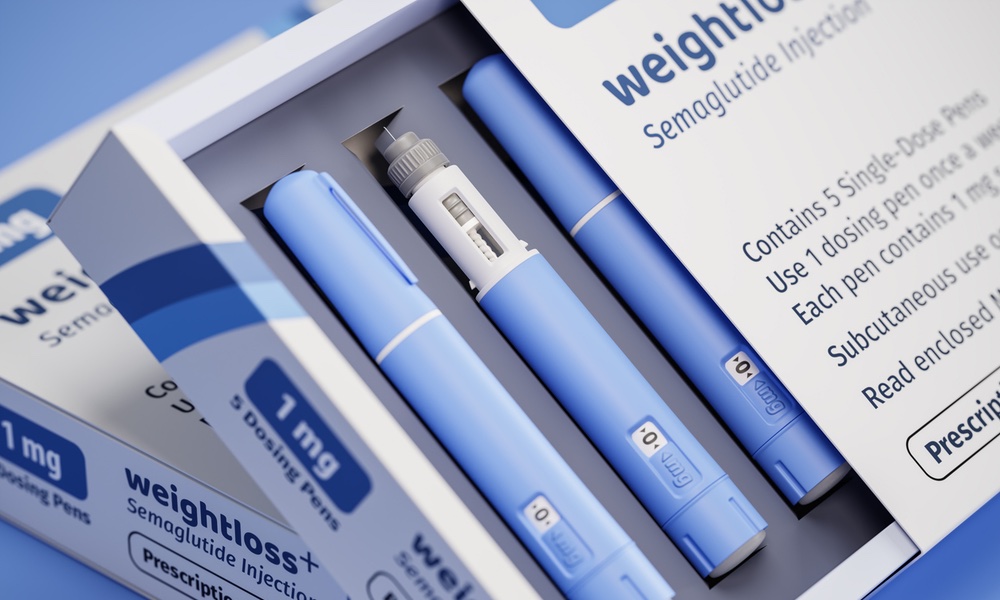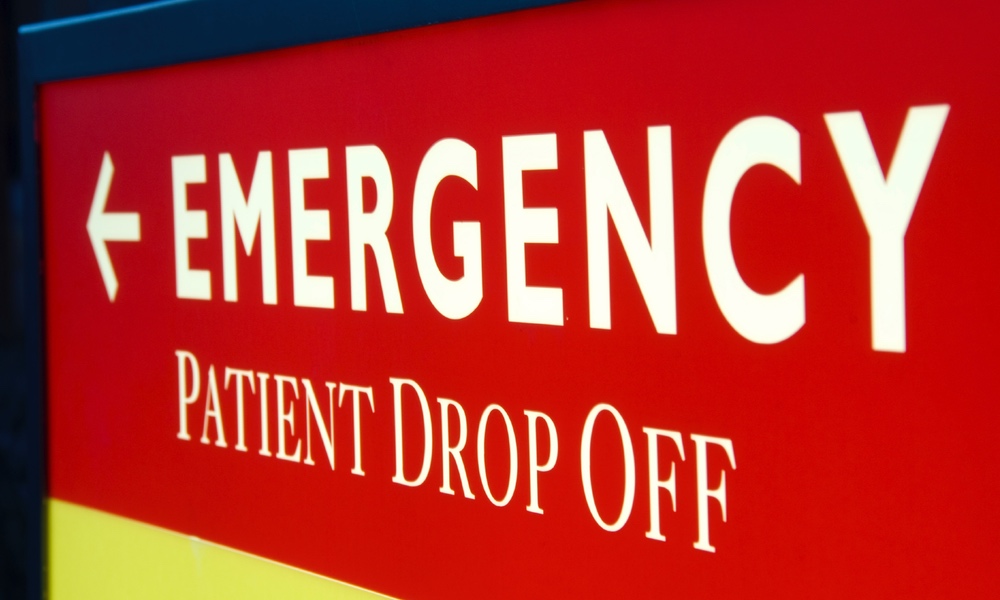The diet drugs Ozempic and Wegovy help people lose weight by reducing their craving for food. These glucagon-like peptide-1 receptor agonist or GLP-1 RA drugs, also known by their generic name, semaglutide, are prescribed to treat obesity and type 2 diabetes.
GLP-1 drugs seem to reduce other cravings as well. They have been found to decrease the desire to smoke and more recently, alcohol consumption and modified drug-seeking behavior in rats, suggesting that they may be an effective treatment option for substance use disorders.
Opioid use disorder (OUD) and alcohol use disorder (AUD) have become serious public health issues. Opioids were estimated to be responsible for more than 75 percent of drug overdose deaths in 2021, and alcohol use disorder affects almost 30 million people in the U.S.Participants diagnosed with opioid use disorder who also had a prescription for a GLP-1 or GIP drug had a 40 percent reduced risk of opioid overdose compared to those without a prescription.
There are little data about the effectiveness of GLP-1 RAs and similar drugs such as glucose-dependent insulinotropic polypeptide agonists (GIPs) like tirzepatide (Mounjaro, Zepbound) for treating OUD and AUD in humans, however. To begin to get a picture of how useful these drugs could be, researchers at Loyola University in Chicago analyzed the electronic health records of more than 503,000 patients with a history of OUD and more than 817,000 patients with a history of AUD.
The team found that of the over 8100 participants who were opioid users, those diagnosed with opioid use disorder who also had a prescription for a GLP-1 RA or GIP drug had a 40 percent reduced risk of opioid overdose compared to those without a prescription.
The more than 5,600 participants with alcohol use disorder who had a prescription for GLP-1 RAs had a 50 percent lower risk of alcohol intoxication.
The researchers had thought these medications might positively impact addiction behaviors, but the study findings were still pleasantly surprising. “The reduction in overdoses and intoxication suggest that GLP-1 RAs/GIPs have a broader and more protective effect than we originally anticipated,” the corresponding author on the study, Fares Qeadan, told TheDoctor in an email.
The mesolimbic system overlaps with the brain processes that govern addictive behaviors. Opioids and alcohol also activate this reward pathway, causing the release of dopamine that reinforces the substance-seeking behavior. By lessening the dopamine response, GLP-1 RAs may lower the intense cravings and reinforcement associated with substance use, reducing the likelihood of abuse or an overdose.
The National Institutes of Health recently awarded the researchers a grant to look into how GLP-1 RAs can be combined with traditional therapies for opioid and alcohol use disorders to create more comprehensive treatment strategies. The team is also doing an NIH-funded study to determine how gradually decreasing opioid dosage affects patients with both chronic pain and a substance use disorder and how GLP-1 RAs and GIPs might affect outcomes when reducing opioid dosage. The hope, explained Qeadan, an associate professor of Biostatistics at Loyola, is to contribute to the understanding of combination therapy for substance use disorder.
The study is published in the journal, Addiction.





